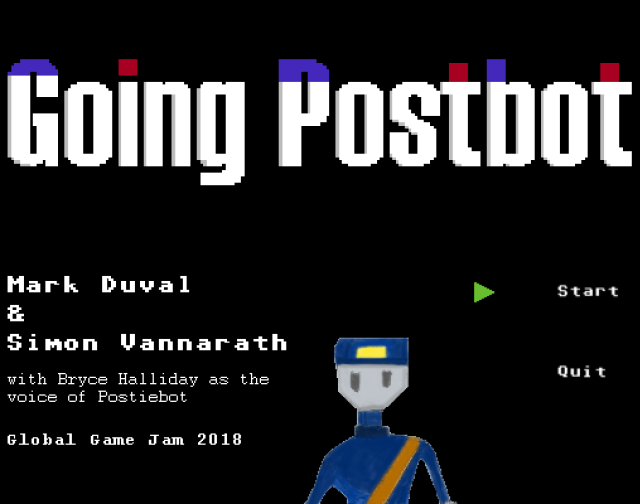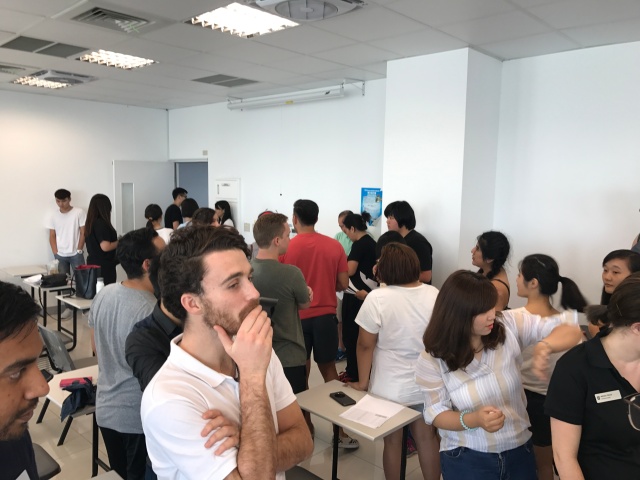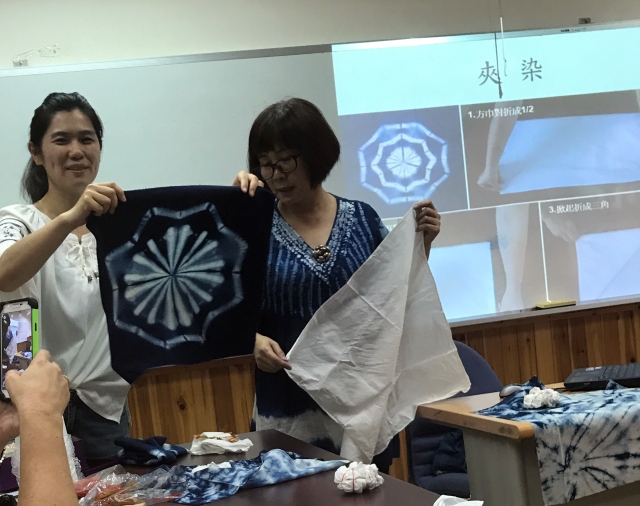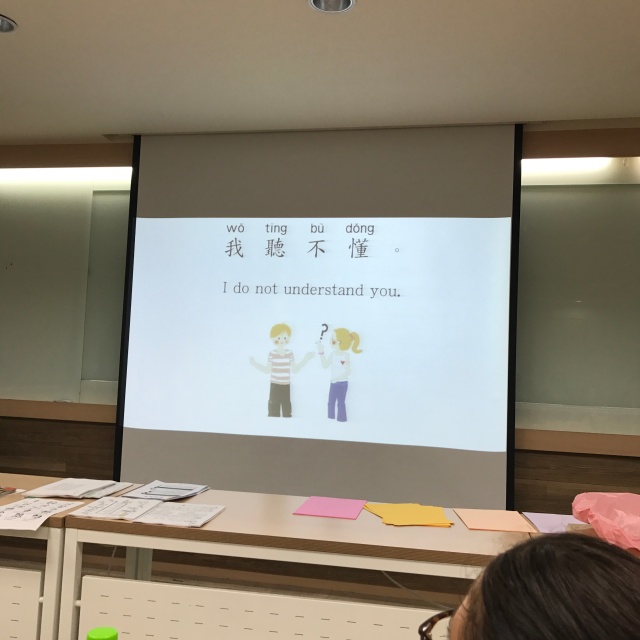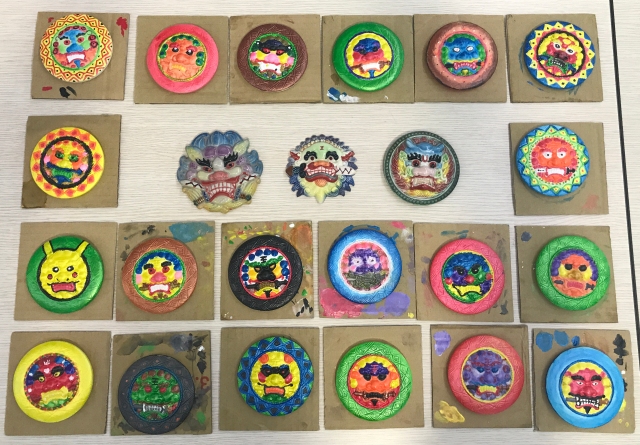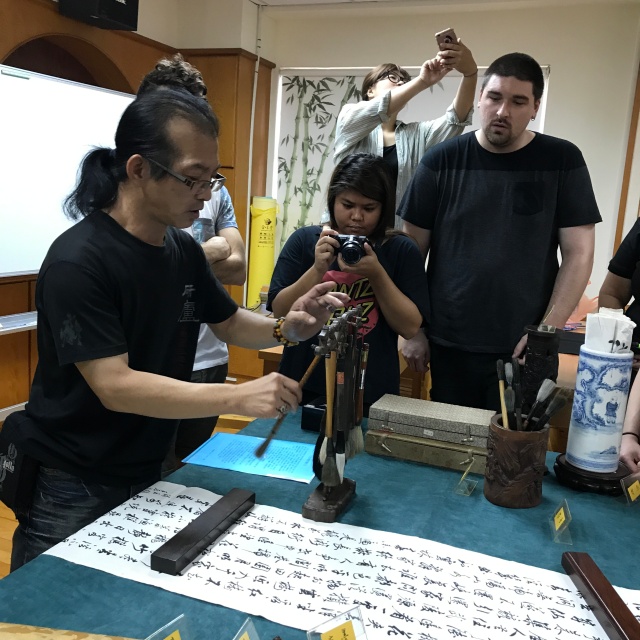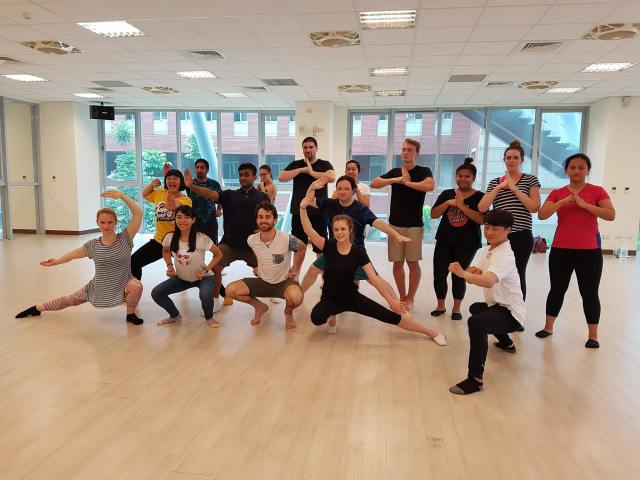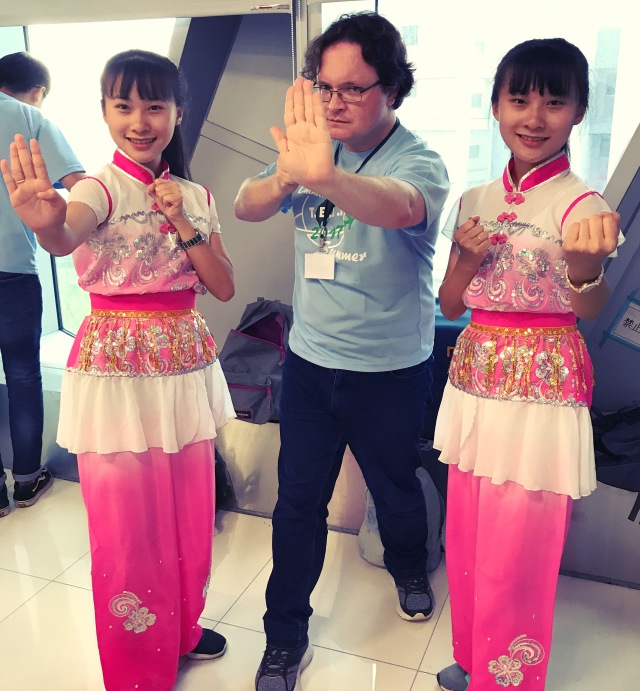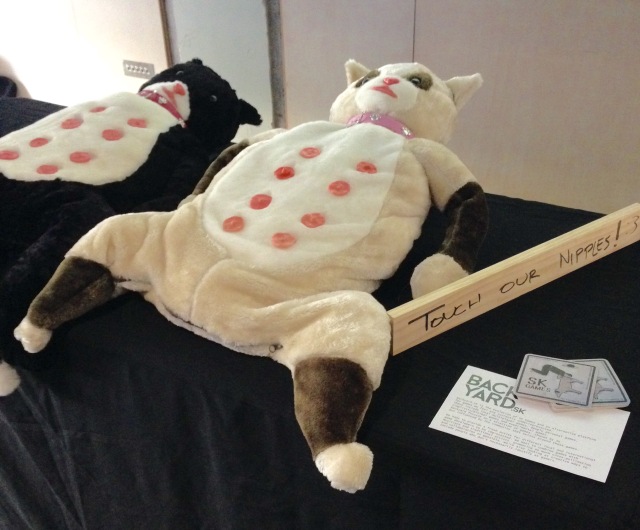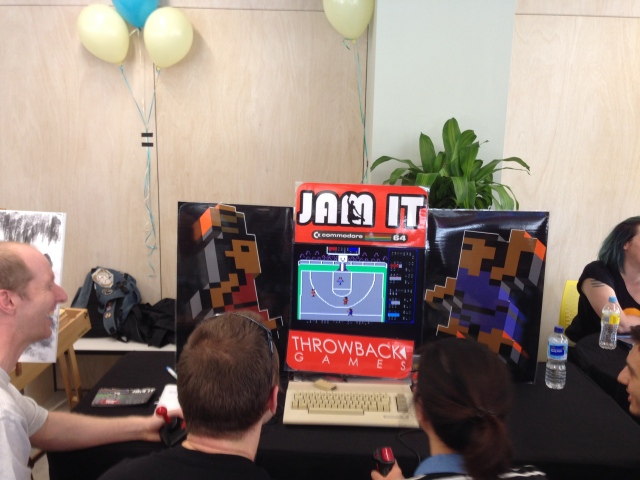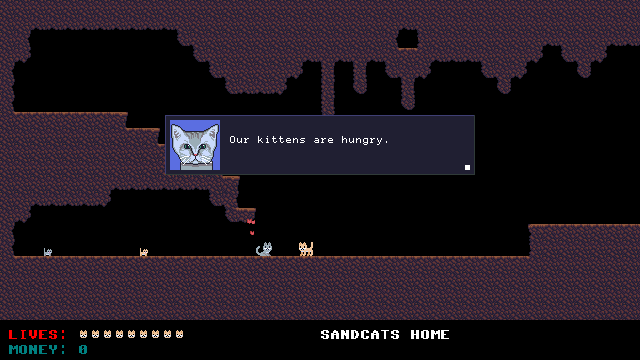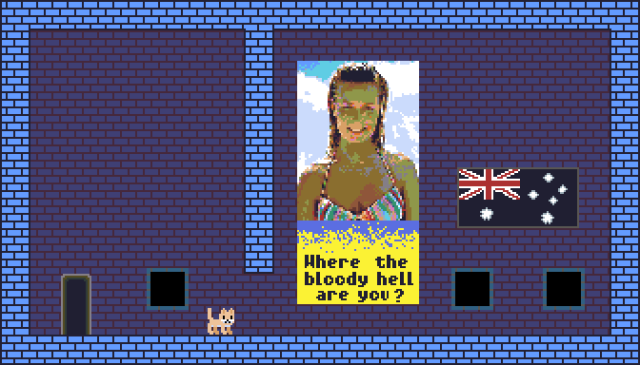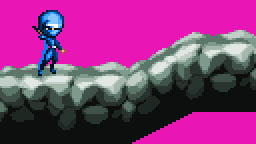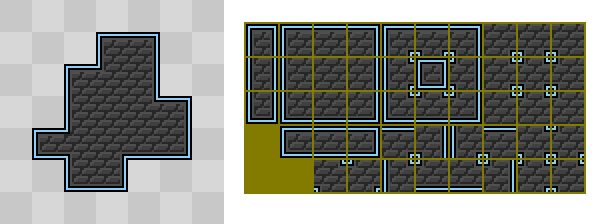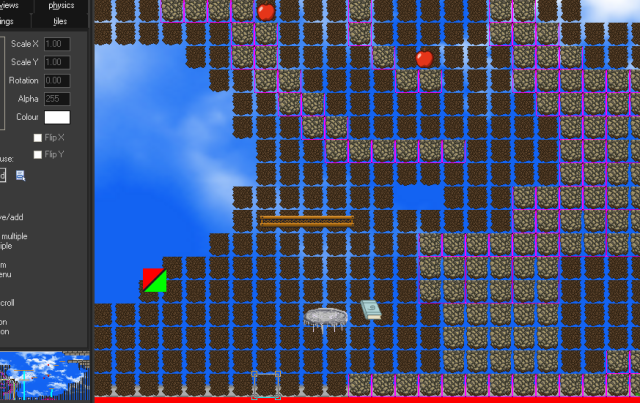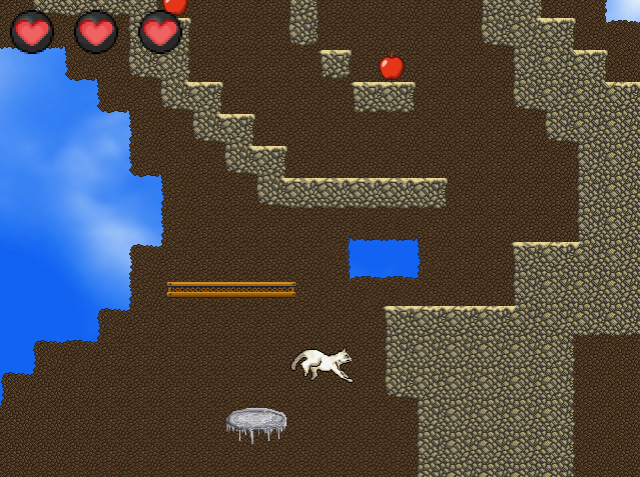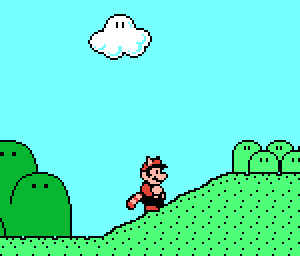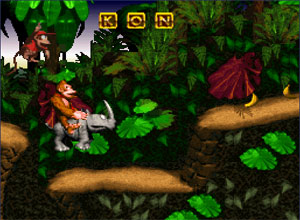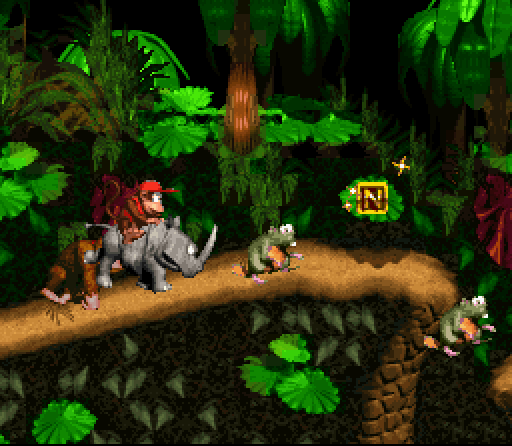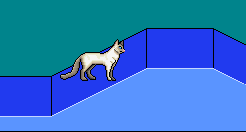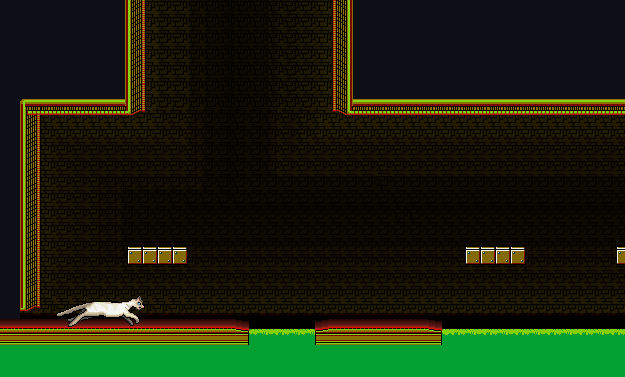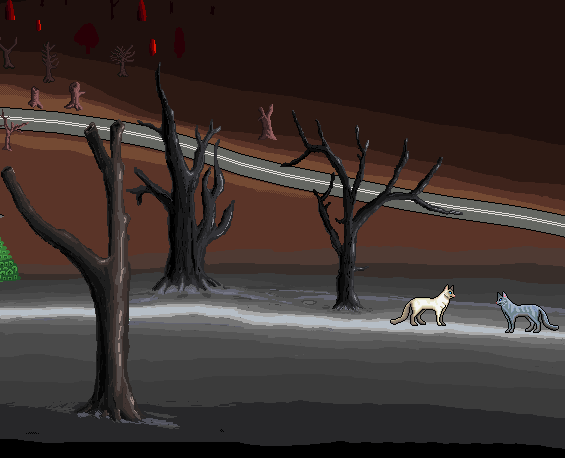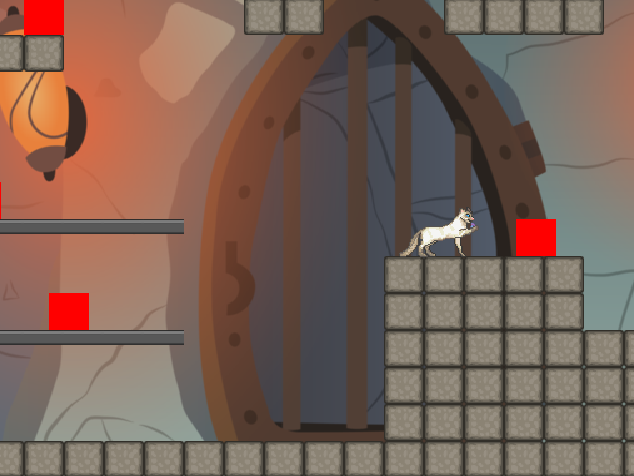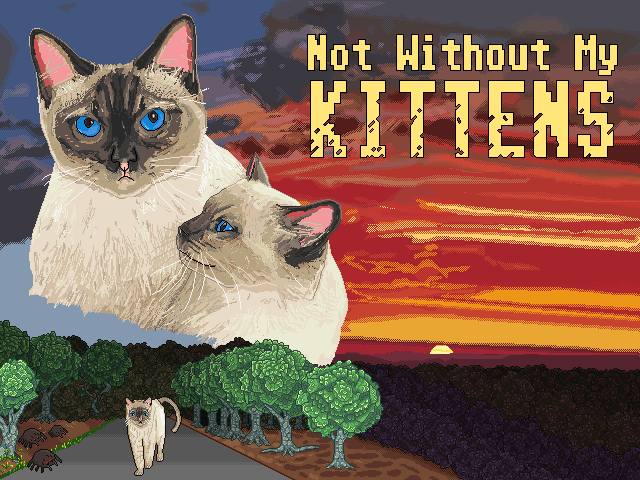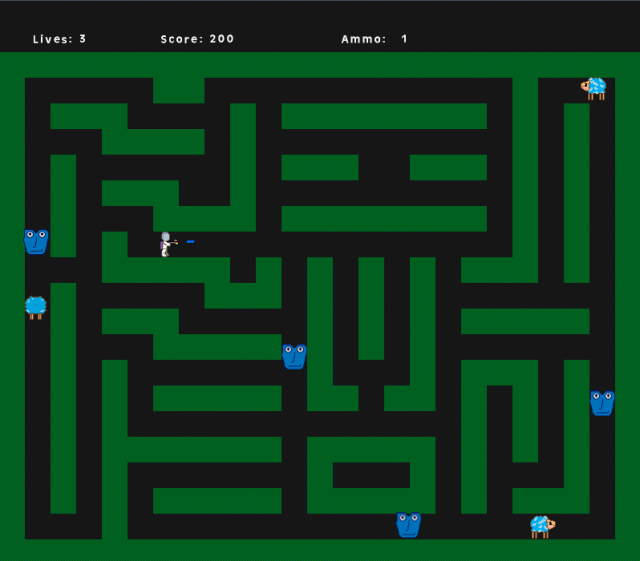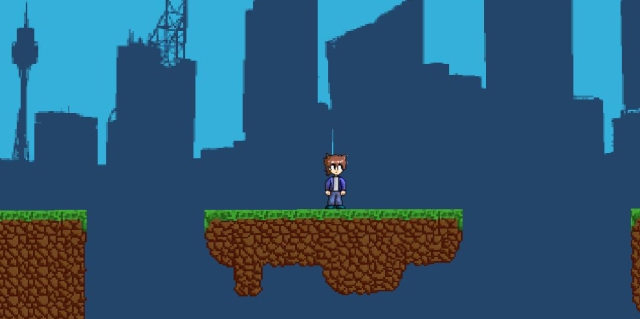I never really enjoyed sports much. Sports are games. You follow the abstract rules to try to beat your opponents and win the game. I understand how they work, but instead for me, the type of physical games I enjoyed involved exploring the bushlands and enjoying the tranquil peace of the environment as I’d talk to the birds and soak in nature. I enjoyed aimlessly riding my bike around my suburb, feeling the wind rush past my face as I’d fly down a hill. When I was little I’d explore new streets and locations on my trusty pushbike and feel as though I was an explorer from centuries ago discovering new continents and new civilizations. At other times, my friends and I would create our own role playing games with more structured rules that we’d build. I might be the The Doctor and you might be The Master and we’d both set a location for our respective TARDISes and we’d have to compete to find the pieces of the Key to Time that our friends had hidden for us throughout the universe (or in our case, around the streets that we lived in). Those were the games that I loved to play.
So on that note, to commence the new year on this blog, I thought I would reflect on three videogames that captivated me in 2012 and the common thread that drew them together.
Those games are Dear Esther, Katawa Shoujo, and To The Moon. The common element is that all three games are strongly narrative based. The purpose of the games is to uncover the story. There are those who would question if these games can even be called games.
I believe those people are incorrect when they dismiss these works as “not games” on the basis of not being “interactive enough” or containing too much narrative. Games can be more than just abstract systems to unwind, and narrative is a game mechanic. Even an abstract board game such as Chess has at its core a vague narrative of medieval warfare that ties the abstraction together. As I surveyed the suburb on my bike as a child, I created a narrative of being an explorer. That was part of the game.
I find it curious that Raph Koster writes that narrative is not a game mechanic , when in his book A Theory of Fun, he dismisses the idea that games must have a definite goal in order to be a “game” and not mere “play”. If I as a child was make-believing that I was an explorer riding on my trusty stead (my bike) to uncover new lands (streets), is that not a game? There was no final goal and no competition, but was it not still a game?
I’d argue you the same about these three videogames I played last year. They have few game mechanics that are necessary to grok in order to play the games. Instead, in all of them, it’s the story that captivates you as you play them and they give you an experience. You explore the island in Dear Esther, as the story unfolds and you examine the island for clues as to what happened and why you are there. In Katawa Shoujo you play the part of Hisao, a Japanese student with a heart condition, as he enrolls in a new school and makes new friends and learns about relationships and how we as people treat each other. And in To The Moon, you explore the life of a dying old man as you attempt to grant him his dying wish and uncover in the process his regrets and joys and the decisions that shaped him into the person he became. In these games, you have an experience, and you learn.
It’s learning and games that I want to talk about as it was the link between games and education that fascinated me when I first started to think critically about what draws me to videogames as an art form. There are some who would say that videogames are a waste of time – an unnecessary time sink that could be better spent doing something else. However, anyone who makes such a claim does not understand what games are, in that games are education. Young children don’t just play games to amuse themselves without purpose . They play games to learn. Our brains are wired to want to be constantly learning. Games are universal too in that they exist in all cultures and in non-humans as well. Cats for example are predators and accordingly they need to know how to kill prey in order to survive. So what does a cat do if you move a piece of string in front of it? It pounces on it and tries to kill it! Cats play at fighting in order to learn how to become better killers so they can live.
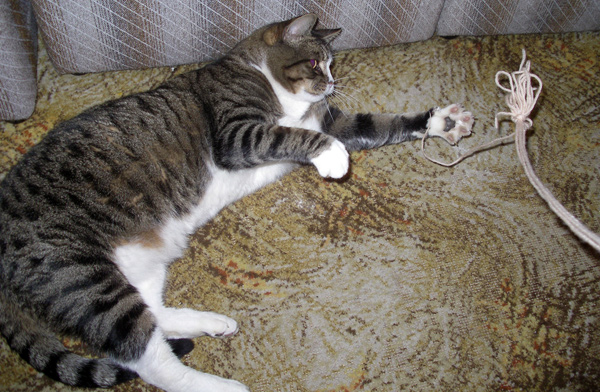
My previous cat playing a game. Serious business!
Games are not a waste of time. Games instead are systems that we explore to understand them better, and in turn understand ourselves and the universe. We find this experience to be, “fun”. If I could go back in time and tell my juvenile self that learning is fun and that games are education, I’m not sure I’d believe me, but education and games are irrevocably linked and we have fun when we’re in a state of flow.
Mihaly Csikszentmihalyi refers to flow as that state between the challenge and your abilities where you’re not too frustrated from finding the problem too difficult and you’re equally not bored from finding the problem too simplistic. You’re in a state a flow and you find that time slows down in that state.
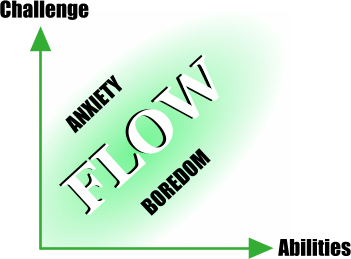
The ludologists may dismiss these three games for their focus on the narrative and not on the abstract systems that they’re comprised of, but I find this position too limiting. In all three games the player is educated via playing the game. The player is in a state of flow as the stories unfold and the player learns and is challenged by the narratives.
Allow me to talk for a moment about each game and why I find them to be excellent games worthy of being played.
Dear Esther teaches the player to explore. There are certainly less punishment and reward mechanics in place compared to a game such as Super Mario Bros (e.g. if you fall down a pit in Super Mario Bros you lose a life, and if you use the jump mechanic you can safely navigate over a pit, and if you obtain a green mushroom you gain an extra life, but if you run out of lives then the game is over) but the goal of exploration remains the same. There is also a story in Dear Esther that is slowly revealed to the player as he or she explores the island and finds clues in the narrator’s dialogue or in scattered journal fragments located around the island or the writings etched on the cave walls. The story is vague and open to interpretation but the player uses his or her mind exploring the island and attempts to fit the pieces of the story together. It is a poem in the form of a videogame.
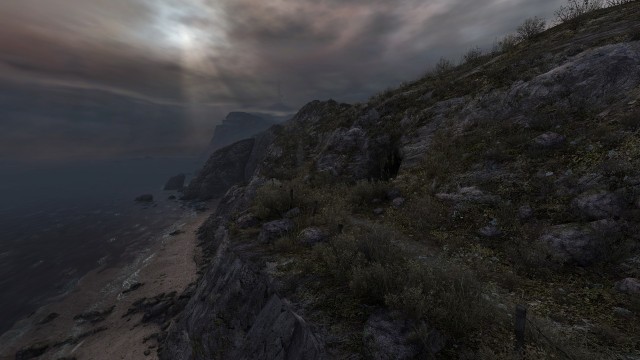
Look, I love Half Life 2 as much as anyone, but you don’t have to shoot people with guns to enjoy a game. There can be other objectives as Dear Esther demonstrates.
Katawa Shoujo is a visual novel, but I see it as a game in the same way that I see Choose Your Own Adventure books as games. It teaches the player about relationships and how your actions and words you use have consequence. A very essential life skill I think! I wrote last year in my review of it how I found it to be an incredibly important game that needs to be experienced. In a perfect world, everyone would treat everyone with respect and as equal human beings. However, if the history of humanity is anything to go by, that frequently doesn’t happen. Thus, Katawa Shoujo with its message of being the better person and treating everyone with dignity and respect, is a crucial game. If games are education, then many people could serve to learn from Katawa Shoujo and its message.

Lastly, To The Moon was made in the RPG Maker game engine and resembles the art style of 16-bit RPGs from the 90s such as Chrono Trigger or Final Fantasy VI. However, it doesn’t have the combat mechanics of Final Fantasy games. It even pokes fun at this during a mock melodramatic Final Fantasy style battle when a squirrel gets in the way of the player character.

The focus again though in this game is the story in which the player uncovers why the dying patient Johnny’s final wish is to go the moon. Dr Watts and Dr Rosalene journey back through his memory to find the answer and help him fulfil his final wish. The protagonists collect memories located in moments in Johnny’s history which leads to a small puzzle game at the end of each scene in which the player must flip tiles of the memories collected in order to progress to the next section.
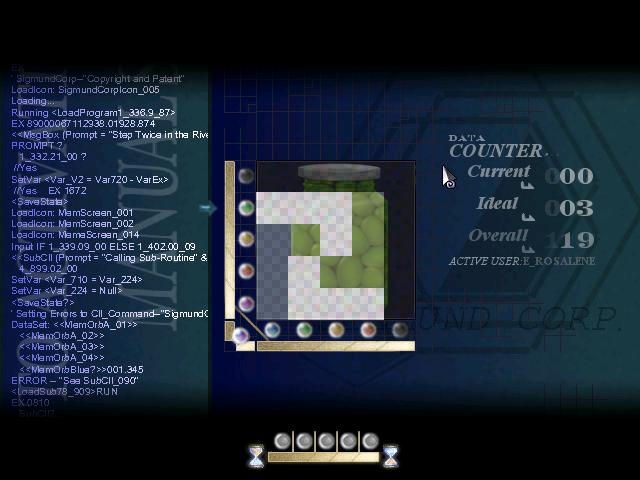
That’s an abstract mechanic though, that while not unwelcome, isn’t the focus of the game. The core element of the game though is the story in which the player follows Dr Watts and Dr Rosalene in their voyage through Johnny’s life. It’s a story about relationships, communication, loss, regret, loneliness, love, and hope. So many of us have moments in life when we look back and say that we could’ve, should’ve, or would’ve done something differently if we could go back in time and change a moment. That theme of regret and hope is universal and this game explores that.
There’s a moment in the game that resonated the most with me. I won’t say too much about it as to avoid spoilers, but there’s a moment in Johnny’s past where his wife is ill and they can’t afford to pay for healthcare to help her.
(America you need socialized healthcare … but I digress!)
Johnny’s friend tries to comfort him and tell him that everything will be alright. That was the wrong answer though. His wife is dying and his friend gave him some empty hope to try to cheer him up but it had the opposite effect and he tells her in his pain that it is not alright.
A moment like this in a game makes me feel as though I’m in what Celtic spirituality refers to a as a “thin place”, which is a place in life where the veil between this world and the divine narrows. It’s like, as this blog is named, fragments of a higher truth that are found in the mist.
The thin place where Johnny responds in hurt to his friend’s well meaning but simplistic assumption that “it will be alright” hurts because the raw truth so often does hurt. His wife is dying and there’s nothing he can do to change that. Life can be very broken sometimes. We have this sense in our heads that life “should” be a different way, and when something tragic happens, the veil narrows and we’re reminded that life is important and that our pain is real and that it matters.
I love To The Moon for reminding the player of the value of life, to take every moment, and find what out is important before this chapter is over. That To The Moon has minimal traditional mechanics, and that its focus is on the narrative, doesn’t discount it from being a game.
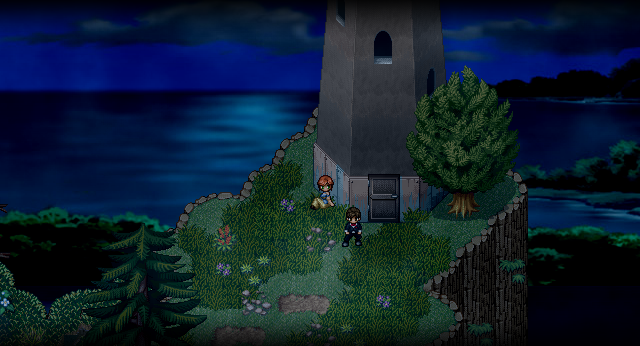
Games are education, so don’t limit the definition of the word game to exclude experiences such as these three games that can teach people about life, the world, and themselves.
Play tennis if you want. Ride your bike anywhere with no goal in sight. Play a visual novel and explore a simulation of relationships. Have experiences and learn. That is what games are about.
